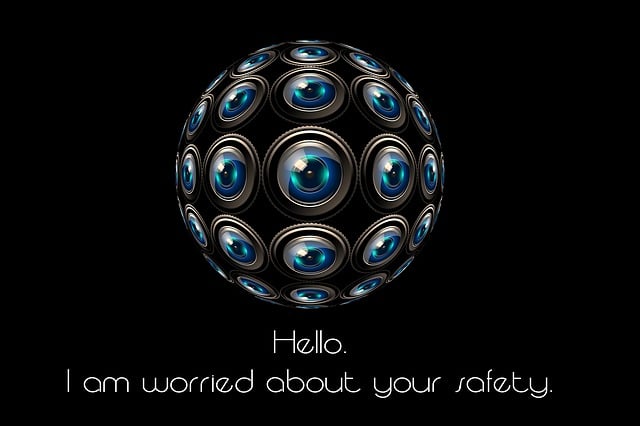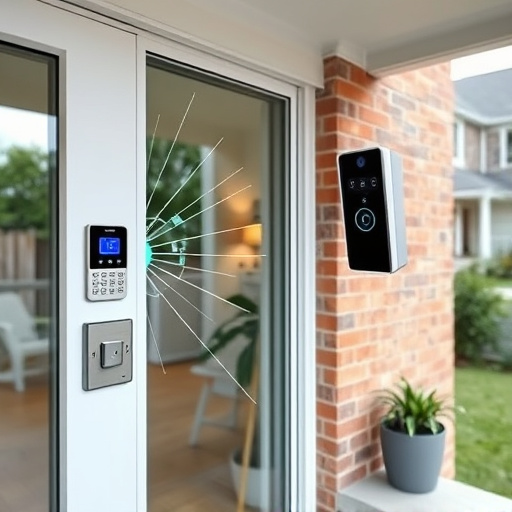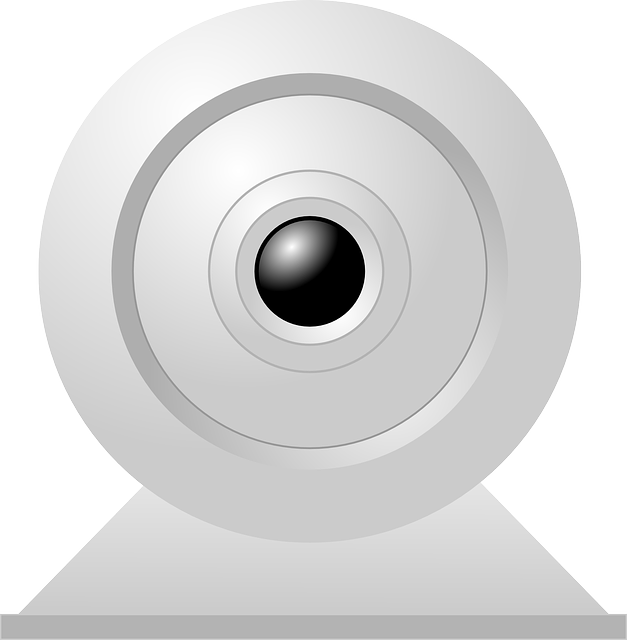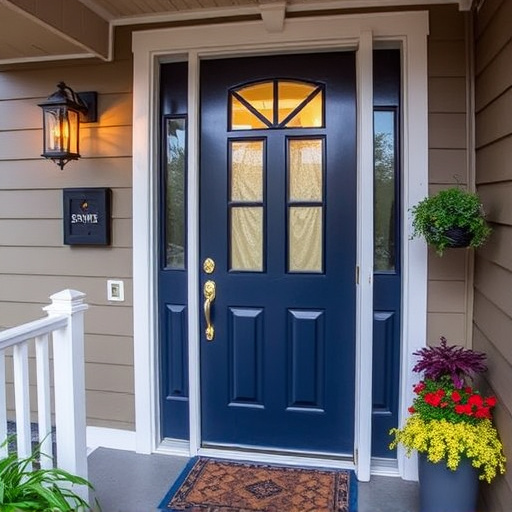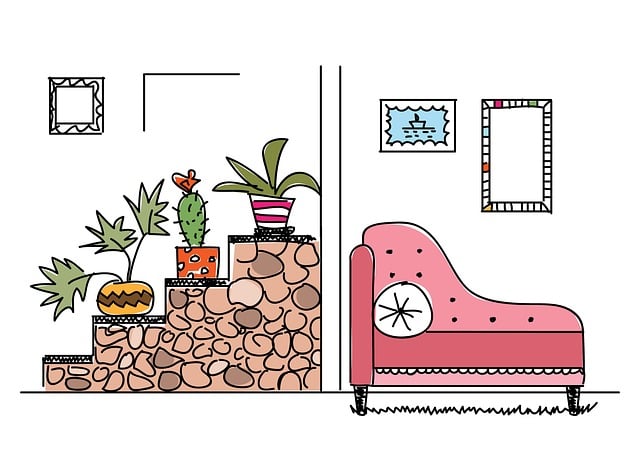Selecting the right security camera requires understanding your home's unique needs. Consider factors like size, layout, and specific concerns (e.g., burglaries or fire safety). Integrate with smart home devices for seamless control. Key features include HD video, motion detection, night vision, and two-way audio; cloud storage ensures remote access. Prioritize high resolution (1080p/4K), internet compatibility, reliable connections, AI integration, and personalized alerts. Ensure wireless connectivity, proper Wi-Fi bandwidth, strategic camera placement, and compliance with local privacy laws. Seamless integration with your smart home ecosystem enhances overall home security.
Choosing the right security camera for your home is a crucial step in enhancing your home security selection. This comprehensive guide will walk you through the process of selecting an ideal home camera that suits your needs. From understanding your home security requirements to exploring different types of security cameras, considering key features, and navigating privacy concerns, we’ll ensure you make an informed decision for an effective security system. Let’s dive in and find the best security camera for your home.
- Understanding Your Home Security Needs
- Types of Home Security Cameras: An Overview
- Key Features to Look for in a Security Camera
- Installation and Compatibility Considerations
- Privacy and Legal Aspects of Home Security Cameras
- Integrating with Other Smart Home Systems
Understanding Your Home Security Needs

Understanding your home security needs is a crucial step in choosing the right security camera. Different homes have distinct requirements based on factors like size, layout, and specific concerns (e.g., burglaries, fire safety, or monitoring children). Assessing these needs will help you determine the ideal number of cameras, their placement, and the level of technology required. For instance, a larger home might need more cameras to cover all entry points, while a smaller apartment may benefit from a single, high-quality camera focused on the main door or window.
When selecting security cameras, consider the best security system that integrates with your existing home automation or smart home devices for seamless control and monitoring. Look for features like HD video quality, motion detection, night vision, and two-way audio to ensure effective security. Additionally, cloud storage options provide remote access and backup, allowing you to stay connected to your home’s safety anytime, anywhere.
Types of Home Security Cameras: An Overview

When it comes to choosing security cameras, the options can seem overwhelming. But understanding the types of home security cameras available is key to finding the ideal home camera. The right security camera depends on your specific needs and preferences, whether you prioritize wide-angle view, motion detection, or two-way audio. Some systems offer basic home security selection, focusing on clear video footage, while others come as part of an effective security system with advanced features like night vision and cloud storage.
Considering a best security system? Look for cameras with high resolution (1080p or 4K) for sharp images, and ensure they’re compatible with your internet connection for smooth video streaming. Wireless options offer flexibility in placement, while wired cameras often provide more reliable connections. Some models even incorporate AI for smart home integration and personalized alerts, making them a sure bet for robust protection and peace of mind.
Key Features to Look for in a Security Camera
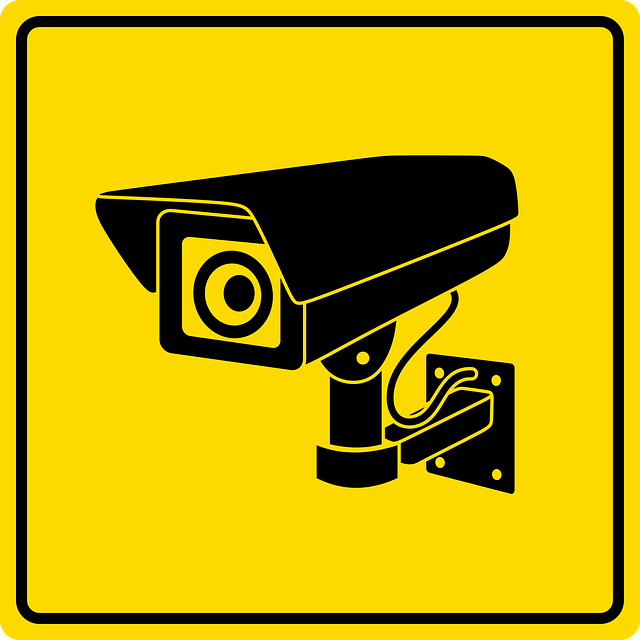
When selecting the right security camera for your home, consider several key features that ensure an effective security system. Firstly, look for cameras with high-definition video quality, such as 1080p or 4K resolution, to capture clear and detailed images. This is crucial for identifying potential threats and reviewing any incidents. Secondly, motion detection technology is a must-have; it alerts you to suspicious activity and helps conserve storage space by recording only when movement is detected.
Additionally, consider cameras with night vision capabilities, which use infrared LED lights to see in low-light conditions. This feature ensures round-the-clock surveillance, especially during hours of darkness. Wireless connectivity and remote access via smartphone apps are also important for choosing security cameras. These features allow you to monitor your property from anywhere, providing peace of mind and the ability to respond quickly to any alerts.
Installation and Compatibility Considerations
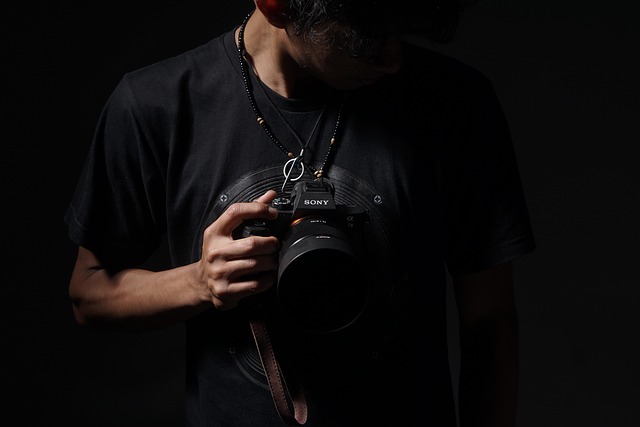
When considering the installation and compatibility of your new home security camera, it’s crucial to align your choice with your property’s unique needs and existing infrastructure. The right security camera should seamlessly integrate into your home’s wiring, Wi-Fi network, and existing security system for optimal performance. Ensure that the camera you select is compatible with your router and has sufficient bandwidth to transmit video data without lag or buffering, enhancing its effectiveness as a home security selection.
Think about the placement of the cameras – whether they need to cover wide areas or focus on specific zones. Some models offer flexible mounting options, while others require professional installation for optimal positioning. Consider your home’s architecture and existing security measures; the camera should complement these elements to form an ideal home camera that strengthens your best security system.
Privacy and Legal Aspects of Home Security Cameras

When considering home security cameras, it’s crucial to balance your need for safety with privacy concerns. Before making a purchase, familiarize yourself with local laws and regulations regarding surveillance equipment. Different jurisdictions have varying rules on where and how you can install cameras, especially in relation to areas like front doorsteps, windows, or public spaces visible from the street. Respecting these legal boundaries is essential to avoid potential fines or civil liberties breaches.
Additionally, be mindful of privacy rights. Ensure the cameras you choose offer settings that allow for responsible data handling, such as motion-activated recording and encryption. Regularly review and update your camera’s access permissions, especially if multiple family members or guests have access to the system. The right security camera should strike a balance between providing an effective home security system and respecting the privacy of both homeowners and visitors.
Integrating with Other Smart Home Systems
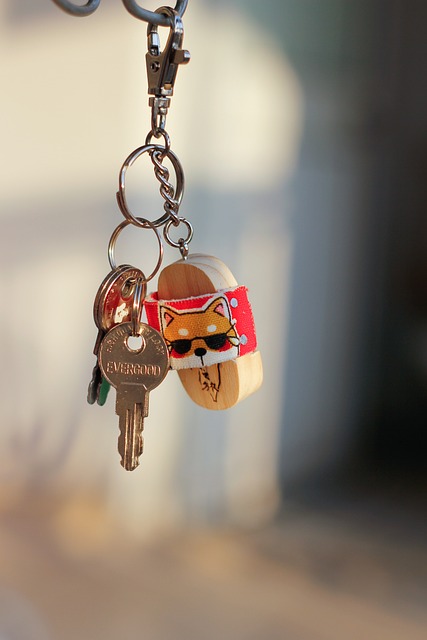
When selecting a home security camera, consider its integration with your existing or desired smart home ecosystem. The right security camera should seamlessly connect and communicate with other devices like smart locks, alarms, and thermostats for a comprehensive and effective security system. This interconnectedness allows for automated responses and centralized control, enhancing overall home security.
Choosing security cameras that integrate smoothly with your home’s technology can provide advanced features such as remote access, voice control via virtual assistants, motion detection alerts sent to your phone, and even the ability to connect with other smart devices in your home. This ensures that your ideal home camera doesn’t just monitor your property but contributes to a synchronized and responsive best security system tailored to your lifestyle and needs.
